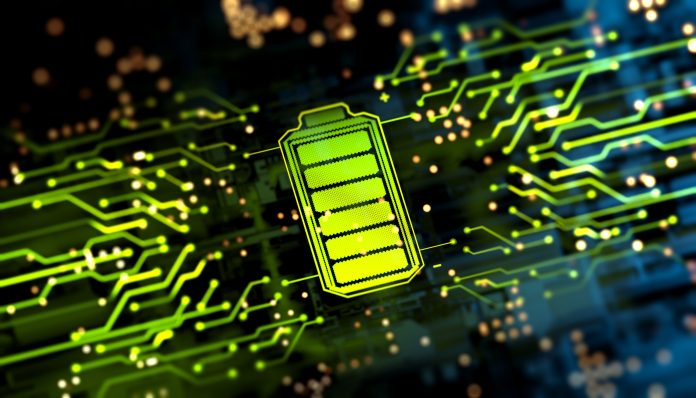Stanford scientists have achieved a breakthrough in iron-based materials, demonstrating a new high-energy state. This discovery, published in Nature Materials, paves the way for powerful, ethical, and cheaper lithium-ion batteries that avoid expensive cobalt and nickel
A multidisciplinary team of scientists, spearheaded by three Stanford University PhD alumni, has achieved a fundamental breakthrough in materials science by creating an iron-based material capable of a much higher energy state than previously thought possible.
This discovery, detailed in the journal Nature Materials, could significantly enhance lithium-ion battery technology and offer a powerful, more ethical alternative to batteries relying on expensive and problematic cobalt and nickel.
The research built upon a 2018 doctoral thesis by William Gent, who proposed an advance that would allow an iron-based material to repeatedly release and reabsorb five electrons per iron atom during charging—surpassing the typical limit of two or three.
A solution found in nanoparticles
The challenge lay in maintaining the material’s crystal structure. Initial attempts to push the material to this higher energy state caused it to collapse during charging. Subsequent Stanford PhD students Hari Ramachandran and Edward Mu tackled this problem, eventually discovering that making the material particles extremely small—just 300 to 400 nanometers—was key.
“We grew our crystals out of a carefully concocted liquid,” explained Mu. This technique proved successful in initial electrochemical tests, showing that the material could reversibly give up and take back five electrons while remaining stable.
The role of oxygen and iron
While the initial spectral images suggested that the iron atoms alone were contributing the extra electrons, the team, joined by PhD student Eder Lomeli, sought conclusive evidence. Using detailed computational modelling and X-ray analysis, Lomeli was able to show that the additional two electrons actually come from the oxygen atoms, but with critical assistance from the iron.
“It’s too simple to say that iron is the hero or oxygen is the hero,” said Lomeli, emphasising that the atoms in this unique lithium, iron, antimony, and oxygen (LFSO) material behave like a single, cooperative entity.
The team’s analysis revealed that the new LFSO cathode structure does not twist and collapse like previous versions. Instead, it “bends slightly” to accommodate the vacated spaces when lithium ions are pulled out, allowing it to remain intact during the charging cycle.
Ethical and commercial implications
This discovery holds immense promise, particularly for the global shift toward sustainable energy storage. Iron is significantly less expensive than cobalt and nickel, and its supply chain is not fraught with the ethical and geopolitical concerns associated with cobalt mining.
Currently, 40% of lithium-ion batteries use a lower-voltage, iron-based cathode, which is the most rapidly growing chemistry. This new research offers a path to an iron-based cathode with high-voltage potential, eliminating the previous trade-off between higher voltage and the use of costlier, less sustainable metals.
“Our detailed electronic structure exploration of this iron species provides conclusive evidence of oxidation beyond three electrons,” noted advisor William Chueh. The remaining core team is now focused on solving practical engineering problems, such as finding a more accessible replacement for the expensive antimony in the current LFSO material to prepare the breakthrough for commercial application.











